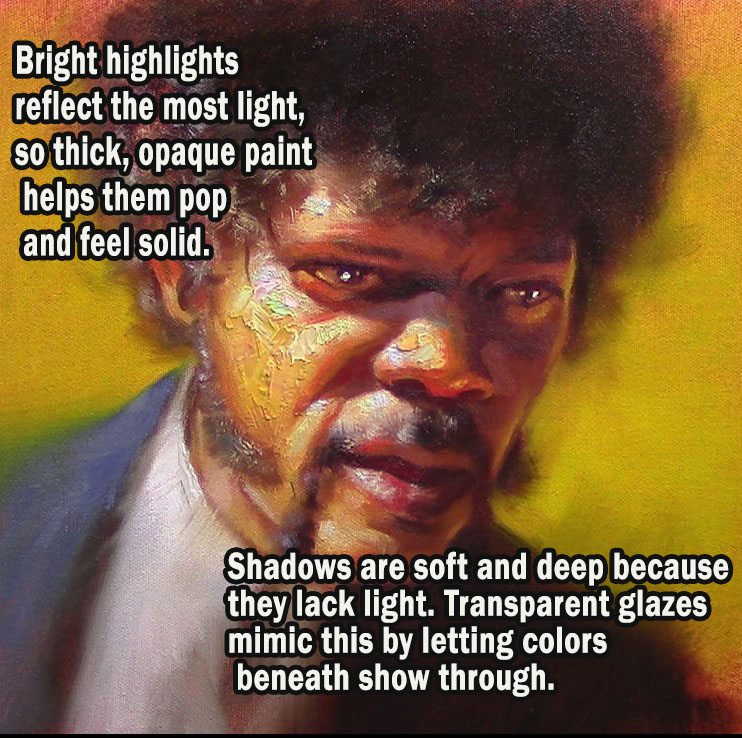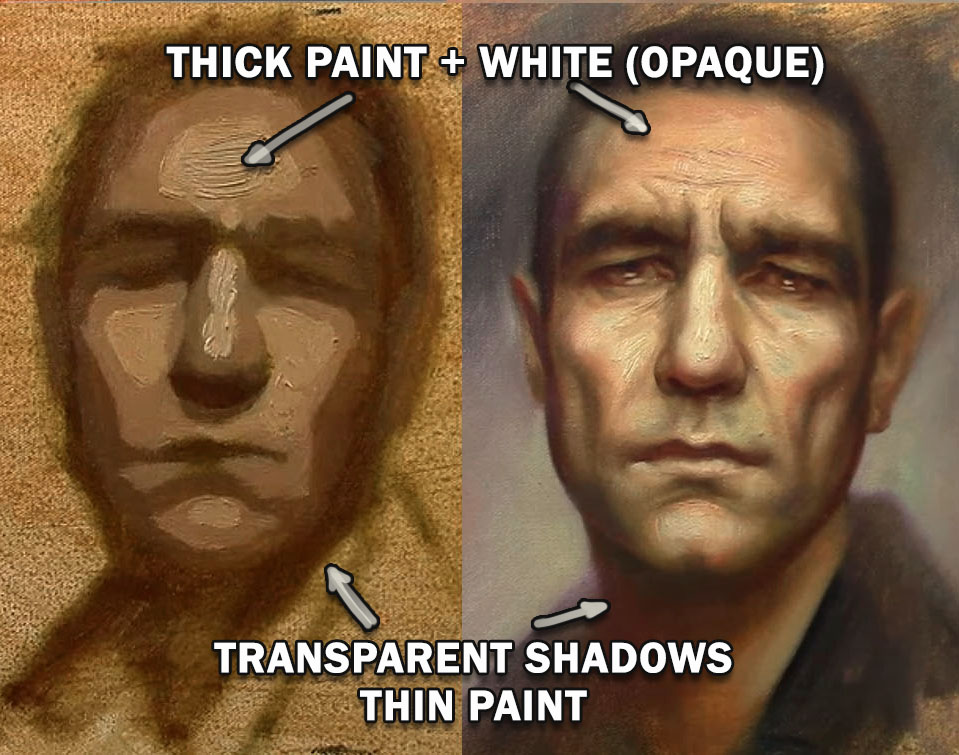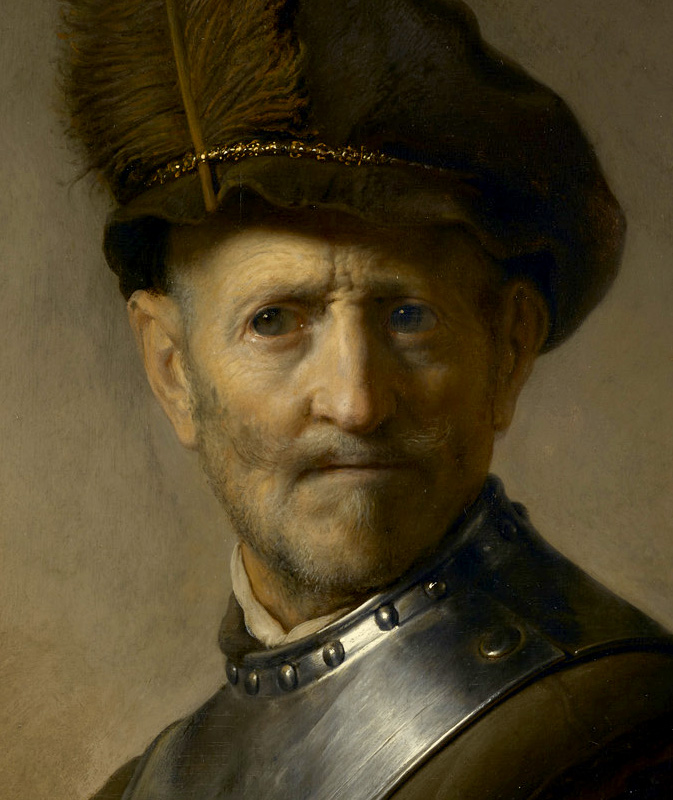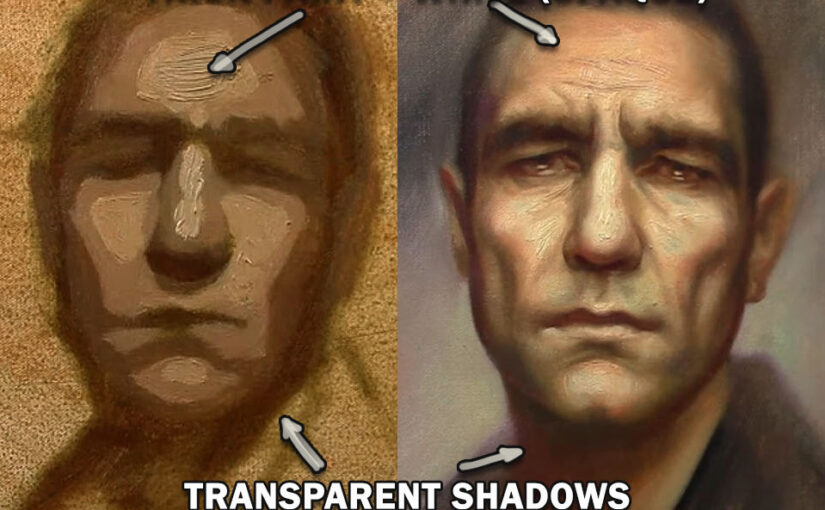In oil painting, one of the most enduring techniques for achieving luminosity and depth is the deliberate use of transparent shadows and opaque lights. This method is not just a stylistic choice but a fundamental principle rooted in the behavior of light, the physical properties of oil paint, and centuries of artistic tradition. Understanding why shadows are painted transparently and lights opaquely can transform an artist’s approach to realism, atmosphere, and three-dimensional form.
1. The Physics of Light and Material Interaction
Light interacts with surfaces in two primary ways:
- Direct light (opaque highlights) – When light strikes an object, the brightest areas appear solid and dense because they reflect the most light. Thick, opaque paint mimics this effect, making highlights stand forward.
- Shadows (transparent darks) – Shadows are areas where light is blocked or diffused. Since shadows are not light sources but rather the absence of light, they naturally appear softer, deeper, and more atmospheric. Transparent paint layers (glazes) replicate this effect by allowing underlying colors to subtly influence the shadow tones.
This contrast between solid lights and translucent shadows creates a convincing illusion of volume.

2. Historical Use in Oil Painting Techniques
Old Masters such as Rembrandt, Caravaggio, and Vermeer mastered this principle through layered techniques:
A. Glazing for Shadows
- Shadows were built up using transparent glazes—thin layers of dark pigment mixed with a medium (such as linseed oil or varnish).
- Glazing allowed shadows to retain depth without becoming chalky or flat. For example, Caravaggio’s deep blacks were not pure black paint but multiple layers of transparent browns and blues, giving richness and luminosity.
- Since oil paint dries slowly, artists could blend and adjust shadows while keeping them soft and atmospheric.
B. Impasto for Lights
- Highlights were applied opaquely, often with thicker paint (impasto) or even with a palette knife.
- Rembrandt’s golden highlights, for instance, were built up with lead white or thick strokes of light-colored paint, catching real light to enhance the illusion of illumination.
- Opaque lights create texture and emphasize the solidity of forms, making them appear to emerge from the canvas.

3. Practical Advantages in Oil Painting
A. Preserving Luminosity
- If shadows were painted opaquely, they could appear dull and lifeless. Transparent glazes allow light to pass through and reflect off lower layers, maintaining a sense of inner glow.
- Conversely, opaque lights ensure that highlights remain bright and crisp, rather than getting lost in translucent layers.
B. Controlling Depth and Atmosphere
- Thin, transparent shadows recede, enhancing the sense of space.
- Thick, opaque lights advance, creating a dynamic push-pull effect that guides the viewer’s eye.
C. Avoiding Muddy Colors
- Mixing opaque pigments into shadows can make them appear chalky or desaturated. Glazing keeps shadows clean and deep.
- Opaque lights, when kept pure, prevent highlights from becoming murky when layered over darker tones.
4. Modern Applications and Variations
While this technique is rooted in classical painting, contemporary oil artists still use it:
- Alla Prima (Wet-on-Wet) Painting – Artists like Richard Schmid maintained transparent shadows by keeping dark areas thin and lights thick, even in rapid plein air work.
- Indirect Layering – Some painters start with an opaque underpainting (grisaille or imprimatura) and then glaze shadows over it for depth.

Conclusion: A Timeless Method for Realism and Drama
The principle of transparent shadows and opaque lights is not arbitrary—it is a reflection of how light behaves in nature, optimized through centuries of oil painting practice. By using glazes for shadows and impasto for highlights, artists achieve:
✔ Greater depth and three-dimensionality
✔ Luminous, atmospheric shadows
✔ Vibrant, textured highlights
Whether working in the style of the Old Masters or experimenting with modern techniques, mastering this balance remains essential for any oil painter seeking realism and emotional impact in their work.
“You can support my art journey for free by shopping art supplies through my Amazon store—thanks a ton!“: https://www.amazon.com/shop/rensoart
